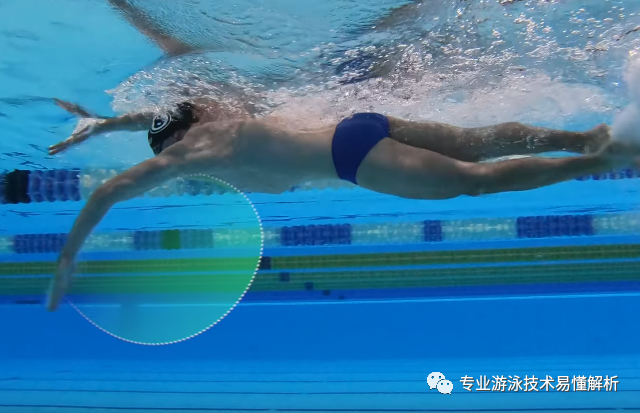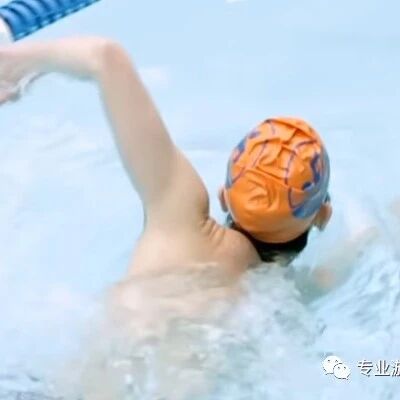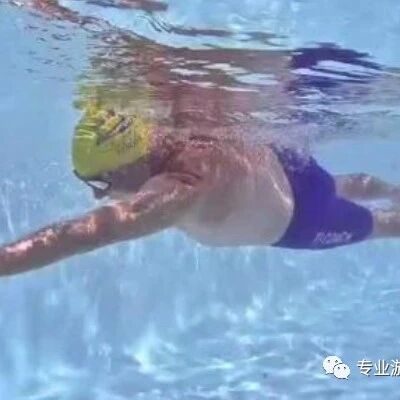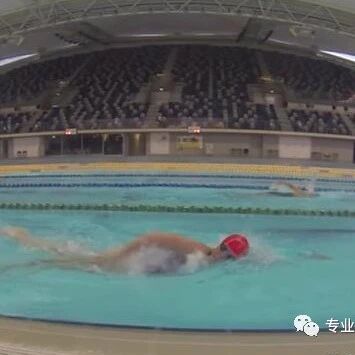How do you coordinate the freestyle swimming movements—should the arm stroke, leg kick, or body rotation come first?

I once watched a serious interview program where an elderly guest talked about walking, noting that people in the past were physically much stronger than they are today. Back then, people walked by leading with their hips—moving both steadily and swiftly, almost like a powerful gust of wind. But nowadays, people tend to walk by simply moving their feet, which makes their pace slower and less confident—almost as if they’re shuffling instead of striding.
Walking and swimming share many similarities—specifically, the principles behind how movements are executed and the techniques for efficiently applying force. The key difference, however, lies in which parts of the body are primarily engaged: walking relies mainly on the legs, with arms swinging naturally to maintain balance and stabilize the hips, while swimming depends mostly on the arms, as the legs move fluidly in sync with the body’s side-to-side motions to generate propulsion—and, crucially, help maintain balance. At the same time, core muscles should remain slightly engaged, ensuring that the hips stay stable and avoid unnecessary looseness.
With this understanding, swimmers can better grasp the coordinated interplay between arm strokes, torso positioning, and leg movements during practice, steadily refining their technique to achieve a more natural, effortless, and efficient swimming style.

1. The arm recovery motion is essential for effective propulsion.
Many beginner swimmers often fail to master the arm-catching motion during the stroke—they simply pull through the water, barely even pushing it backward. The effectiveness of the catch directly determines the power generated in the subsequent push phase. Ideally, the point of contact for the catch should be just above the wrist, slightly forward along the middle of the forearm. The catch involves bending the arm at the elbow joint, scooping more water into the "embrace" formed by the upper and lower arms. Only after securely catching the water can you forcefully push it backward. Without a proper catch, the push becomes entirely ineffective.
It’s important to note that once the catch is complete, you should transition immediately into the push—and make sure to accelerate as you do so. Some swimmers struggle with an uncertain catch, making the push feel effortless, while others execute a textbook catch-and-push sequence but end up pausing awkwardly mid-motion. As a result, all the water they’ve gathered in their "embrace" slips right back out, leaving them with no real propulsion.
Therefore, if pushing the water feels too effortless, you should carefully check whether your catch is actually effective.

2. Which movement comes first—leg kicks or arm strokes?
Which comes first—leg kicks or arm strokes? This is a question that probably many swimmers have wondered about. In freestyle swimming, the forward motion is a continuous sequence of leg kicks and arm strokes, making it seem like either action could logically come first. However, if we start counting from the moment of the initial push-off, the leg kick actually precedes the arm stroke. After all, maintaining balance is essential for efficient forward movement. Without those powerful leg kicks, your lower body would gradually sink deeper into the water, making your body feel heavier with each stroke. As a result, no matter how strong your arm strokes may be, you simply wouldn’t be able to sustain your pace for long.
Imagine a handcart carrying a heavy box that isn’t positioned right in the center. To lift the cart, you first need to use some force to counteract the box’s weight and bring the cart into balance—only then can you actually push it forward. Similarly, in freestyle swimming, kicking comes before stroking.
One exercise is the leg-drag swim, where you keep your legs and feet still in the water, relying solely on your core strength and the weight of your arm movements to maintain balance. This exercise is great for improving your body's dynamic balance capabilities.

3. The sequence of side turns, arm strokes, and leg kicks
Body rotation is a key movement in the holistic swimming approach, as essential as the pull and kick. It relies primarily on core strength—engaging the abdomen and powerfully activating the lower back while stabilizing the hips—to enable the shoulders and hips to rotate in perfect synchrony.
From the perspective of the upper body, the body's sideways rotation creates space for the arm to perform the stroke. Meanwhile, from the lower body standpoint, the rotation causes the legs to dive deeper into the water, enhancing both the lift and propulsion generated by the kicking motion. Overall, the body's lateral rotation effectively combines the power of the arm stroke with that of the leg kick, resulting in a significantly stronger, unified forward force.
More precisely, from the moment the arm enters the water until the catch phase is completed, the body rotates once to the side; then, from the catch phase through the push phase, the body rotates again to the side—but after the arm exits the water and begins the recovery movement overhead, the body no longer twists to the side.
Related Articles

Looking up while swimming isn’t an unconventional approach—here are three key benefits of improving your swimming technique.

The strategic key point in full-body freestyle swimming—understanding the forward reach combined with shoulder and hip rotation.
